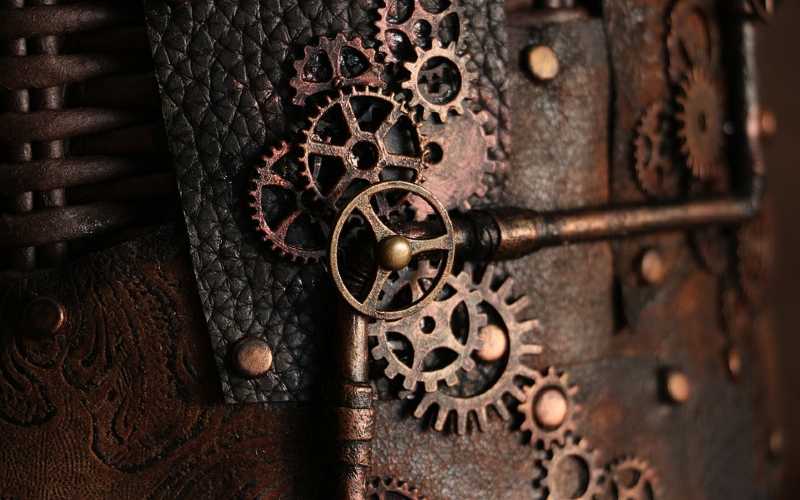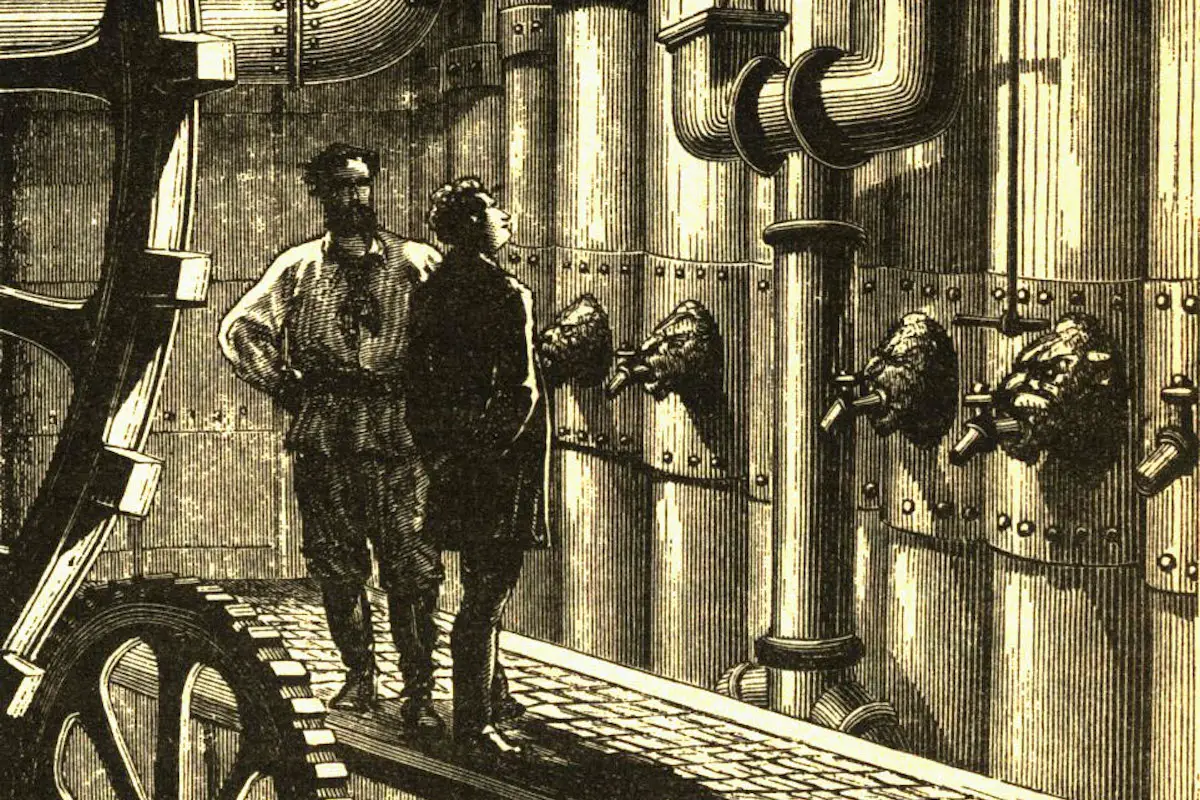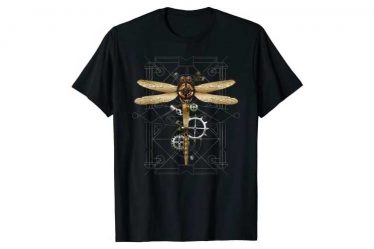
steampunker.co.uk is a participant in the Amazon Services LLC Associates Program and other affiliate advertising programs designed to provide a means for us to earn fees by linking to Amazon.com and affiliated sites. Affiliate links may be used on this Corset Dress Steampunk article and in steampunker.co.uk articles, but they do not impact on the price that you pay and they do help me to get this information to you for free. Read my privacy policy for more information regarding affiliates.
Industrial steampunk is a subgenre of speculative fiction, alternate history, and speculative fiction genres that came into prominence in the 1980s and early 1990s. The term denotes works set in an era or world where steam power is still widely used—usually the 19th century—but with prominent elements of either science fiction or fantasy, such as fictional technological inventions like those found in the works of H. G. Wells and Jules Verne.
The genre has since become popular among various artists, filmmakers and musicians. Typical industrial steampunk creatures include steam-powered automatons; intelligent animals, such as shrinkwrapped hounds; airships; robots; etc.
Buildings, machinery, and devices in industrial steampunk are constructed to resemble structures from the period, although they may have many more moving parts than their real counterparts. This may include clockwork mechanisms, sometimes with tiny people-shaped cogs; cogs that can be wound to alter something like the weather or time of day; or gears that can move in multiple directions. Examples of this extreme include the clockwork men in the 1964 film “The Invisible Man” and in the Steampunk movement.
It is a subgenre combining aspects of science fiction, alternate history and fantasy elements. The worlds featured are often alternative nineteenth century depictions of our own world; examples include H. G. Wells’ “The Time Machine” (1895) and Jules Verne’s “From the Earth to the Moon” (1865), which inspired works such as H. G. Wells’ “The Time Machine” (1895) and Jules Verne’s “From the Earth to the Moon” (1865). Much of the imagery is derived from late nineteenth-century technology: steam-powered streetcars, submarines, zeppelins, dirigibles, and airships; mechanical figures like automatons, robots and clockwork toys; electrical devices like television sets and computers; chemical engineering devices such as industrial chemistry sets; metal machines like firefighting equipment or medical equipment; telephones, telegraphs and radios.
The genre has been described as a fusion of fantasy and steampunk, two other subgenres of speculative fiction. The alternate history in this case would be the speculative history, as it is usually deployed in the steampunk genre. Thus, alternate history with its changing historical figures, along with the world-changing events that result, provides an explanation for these fantasy features. However, it does not necessarily lead to a setting like an alternative Victorian era; other subgenres are also frequently used and mixed with the alternate history element. For example, the setting of the steampunk movement Jules Verne is a fantasy version of 19th century technology and yet considered alternate history.
Industrial Steampunk is often described as a subgenre of steampunk, but there are disagreements about this as well. Steampunk is not one genre; it embraces other genres as well: alternate history, magic realism, fantasy and others. Alternate history is present in “The Time Machine”, “From the Earth to the Moon”, and many other steampunk stories. Some writers also write in other genres like magic realism or fantasy when writing industrial steampunk (like in Jules Verne’s stories).
If you enjoyed this article you might also like to read about What is Clockwork Punk?


